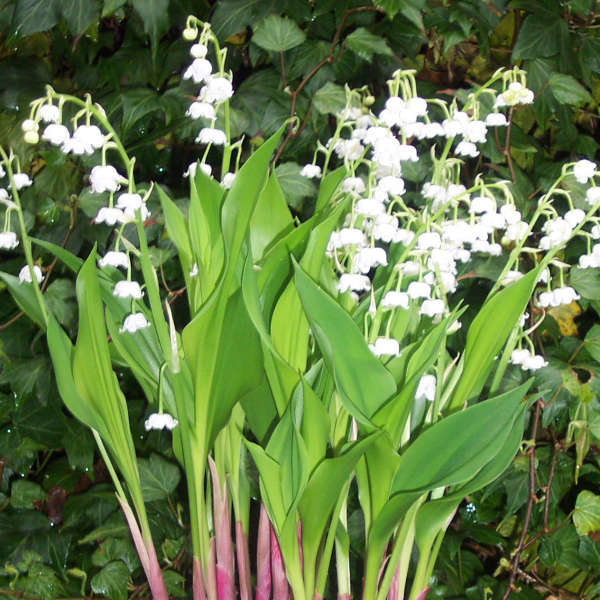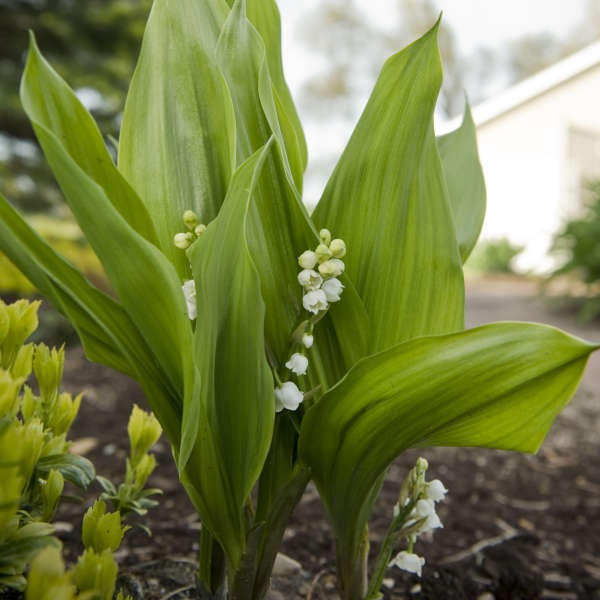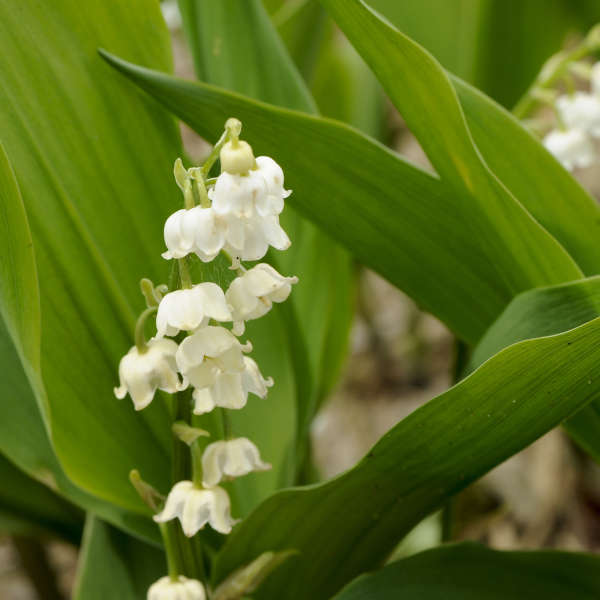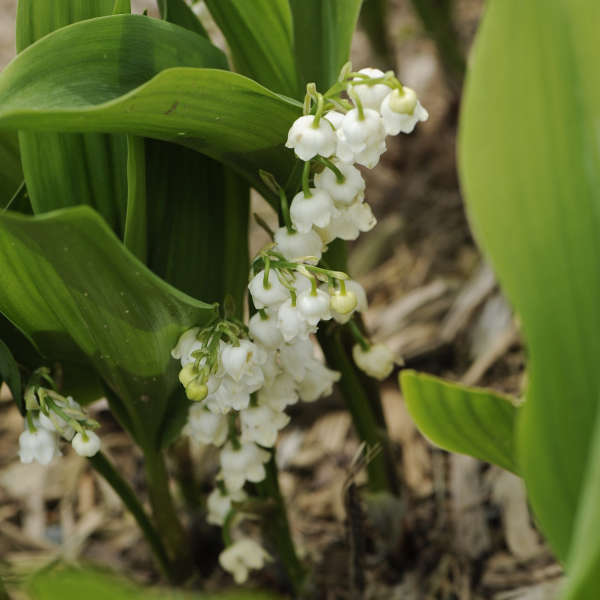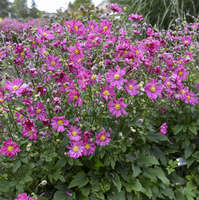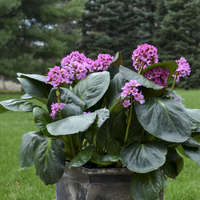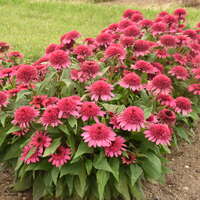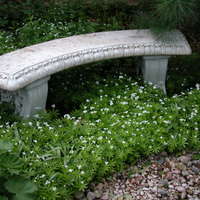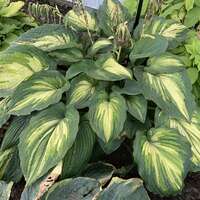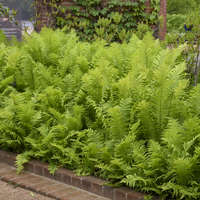Convallaria majalis 'Bordeaux'
Common Name: Lily of the Valley
An improved version of an old-fashioned favorite. 'Bordeaux' produces pure white, larger bell-shaped flowers on stems that are held above the foliage as opposed to between the leaves. Each stem bears an average of 8-12 bells compared to 6-8 bells on C. majalis. The tulip-like foliage is also reported to be darker green and more rounded.
The flowers of 'Bordeaux' appear in spring and last for several weeks. These blossoms are very fragrant; they are even used in making perfume! Tiny orange berries follow the flowers.
Despite the dainty appearance of the blossoms, Convallaria is actually a tough, vigorous groundcover. Use it to cover slopes and riverbanks or in shady woodland sites, even under trees.
Grade #1 Bare Root |
Grade #2 Bare Root |
